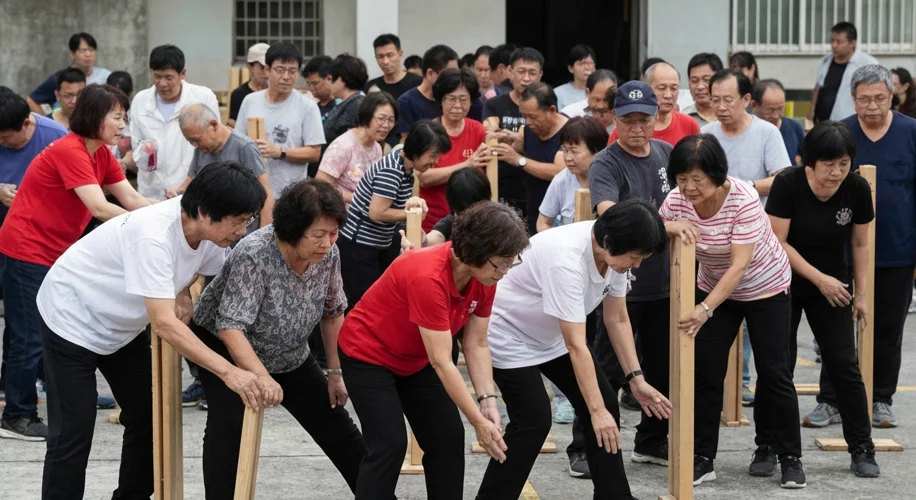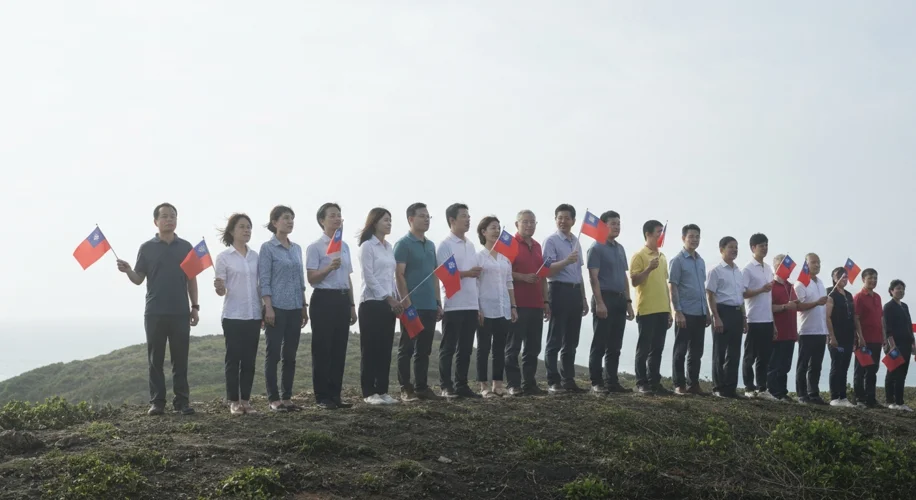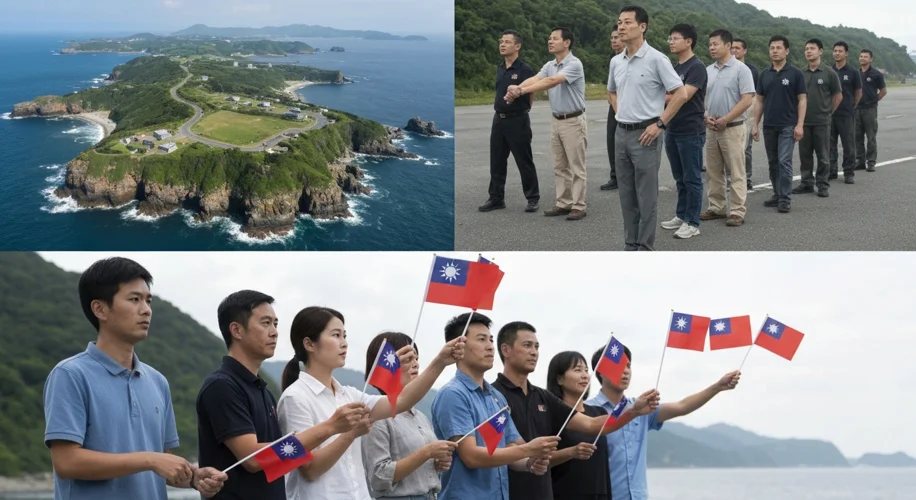The island of Taiwan, a place of breathtaking natural beauty and profound historical complexity, stands today as a stark reminder of unresolved geopolitical tensions. Its post-World War II journey is a saga of resilience, a tenacious struggle for self-determination, and a continuous preparation for defense against a powerful neighbor.
A Legacy of Shifting Tides
To understand Taiwan’s current predicament, we must rewind to the ashes of World War II. For 50 years, Taiwan, known then as Formosa, had been a Japanese colony. The Allied victory in 1945 meant the island’s return to Chinese administration, a prospect met with mixed anticipation by the local populace. However, this transfer of power was soon overshadowed by a raging civil war on the mainland. The Chinese Communist Party (CCP), led by Mao Zedong, ultimately defeated the Nationalist Kuomintang (KMT) in 1949. The defeated KMT, led by Chiang Kai-shek, along with over a million soldiers and civilians, retreated to Taiwan, establishing a rival government that claimed to be the legitimate ruler of all of China.
This division birthed what is known as the “two Chinas” or “one China, one Taiwan” situation, a diplomatic tightrope walked for decades. While the People’s Republic of China (PRC) on the mainland asserted its sovereignty over Taiwan under its “one China principle,” the Republic of China (ROC) government in Taiwan, initially at least, maintained its claim over the mainland. This intricate geopolitical ballet has defined Taiwan’s existence for over seven decades.

The Architects of Defense
Under KMT rule, Taiwan embarked on a path of rapid economic development, transforming from a developing island into an economic powerhouse. Simultaneously, a formidable defense infrastructure was meticulously built. The ROC military, heavily influenced by US training and equipment, became a highly professional force. The early years were characterized by a defensive posture, a constant readiness for a potential invasion from the mainland.
Key actors in this drama were not just political leaders but also the ordinary people of Taiwan. Their experiences, their hopes for peace, and their determination to preserve their way of life became the bedrock of the island’s defense strategy. For decades, the threat of invasion loomed large. Military drills were commonplace, and the populace was educated in civil defense. The sound of air raid sirens, though thankfully rare in recent times, was a familiar, if unsettling, part of life for generations.
A Shifting Geopolitical Landscape
The international community’s recognition of the PRC in the 1970s, most notably by the United States, significantly altered Taiwan’s diplomatic landscape. The ROC government lost its seat at the United Nations, and its claim to represent China was largely sidelined. Yet, Taiwan did not disappear. It continued to thrive economically and, crucially, to maintain its democratic institutions.
As mainland China’s economic and military power grew, the cross-strait dynamic intensified. While economic ties flourished, the political and military tensions remained. The PRC’s stance solidified: Taiwan is a province to be reunited with the mainland, by force if necessary. This stance has been met with unwavering resolve from Taiwan, which has increasingly emphasized its distinct identity and democratic values.
The Modern Defense Doctrine
Today, Taiwan’s defense strategy is a multi-faceted approach. It emphasizes asymmetric warfare, leveraging its technological prowess and geographic advantages to deter a larger, conventional force. This includes developing advanced missile systems, a robust navy, and a well-trained reserve force. The island’s mountainous terrain and dense urban centers are seen as natural defensive assets.

The “whole-of-society” approach to defense is paramount. Taiwan’s government has been investing heavily in military modernization, but it also recognizes the importance of civilian preparedness. This includes public education on civil defense, the development of resilient infrastructure, and fostering a strong sense of national identity and resolve.
The Unwavering Claim
Taiwan’s sovereignty claims are rooted in its distinct history, its democratic governance, and the will of its people. While Beijing insists on the “one China principle,” Taipei, under various administrations, has asserted its right to self-determination. The global community, while often navigating complex diplomatic waters, increasingly recognizes Taiwan’s de facto independence and its vital role in regional stability and the global economy.

The history of Taiwan’s defense and sovereignty is not merely a story of military strategy and diplomatic maneuvering. It is a testament to the enduring human spirit, the desire for freedom, and the profound commitment to preserving a unique identity in the face of immense pressure. The future remains uncertain, but Taiwan’s journey so far has been one of remarkable tenacity, a continuous unfolding enigma on the world stage.

